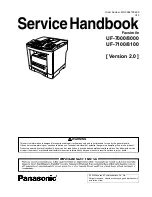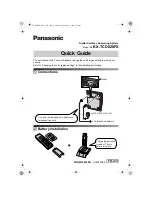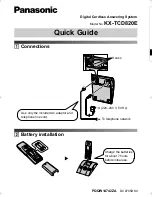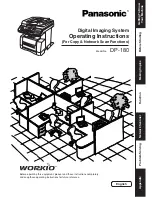
Reinforcement Stitching
113
3
— — — — — — — — — — — — — — — — — — — — — — — — — — — — — — — — — — — — — — — — — — — — — — — — — — — — — — — — —
Reinforcement Stitching
Reinforce points that will be subject to strain, such as sleeve holes, inseams and pocket corners.
Triple stretch stitching
Use triple stretch stitching to reinforce sleeve holes
and inseams.
a
Attach zigzag foot “J”.
• For details, refer to “Replacing the presser
foot” (page 44).
b
Select stitch
4
.
• For details, refer to “Selecting stitching” (page
51).
c
Start sewing.
• For details, refer to “Starting to sew” (page
53).
Bar tack stitching
Bar tacks are used to reinforce points subject to
strain, such as pocket corners and openings.
As an example, the procedure for sewing bar tacks at
pocket corners is described below.
a
Determine the desired length of the bar tack.
Set the button guide plate on buttonhole foot
“A” to the desired length. (The distance
between the markings on the presser foot scale
is 5 mm (3/16 inch).)
a
Presser foot scale
b
Length of bar tack
c
5 mm (3/16 inch)
• A bar tack with a maximum length of about
28 mm (1–1/8 inches) can be sewn.
Stitch Name
Pattern
Application
Stitch Width
[mm (inch)]
Stitch Length
[mm (inch)]
Presser
Foot
Auto
Manual
Auto
Manual
Triple stretch
stitch
4
Reinforcing the seams of sleeves
and inseams
0.0
(0)
0.0–7.0
(0–1/4)
2.5
(3/32)
1.5–4.0
(1/16–3/16)
J
Bar tack
stitch
60
Reinforcing the ends of
openings, such as the corners of
pockets
2.0
(1/16)
1.0–3.0
(1/16–1/8)
0.4
(1/64)
0.3–1.0
(1/64–1/16)
A
Darning
stitch
58
Darning medium weight fabrics
7.0
(1/4)
2.5–7.0
(3/32–1/4)
2.0
(1/16)
0.4–2.5
(1/64–3/32)
59
Darning thick fabrics
7.0
(1/4)
2.5–7.0
(3/32–1/4)
2.0
(1/16)
0.4–2.5
(1/64–3/32)
J
3
1
2
Summary of Contents for NV1250D
Page 2: ... ...
Page 6: ...4 ...
Page 50: ...GETTING READY 48 ...
Page 212: ...XE6389 1011 English 885 U01 Printed in China ...
















































